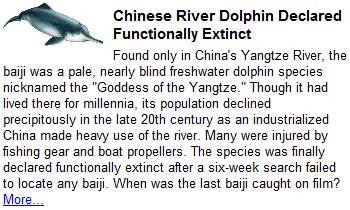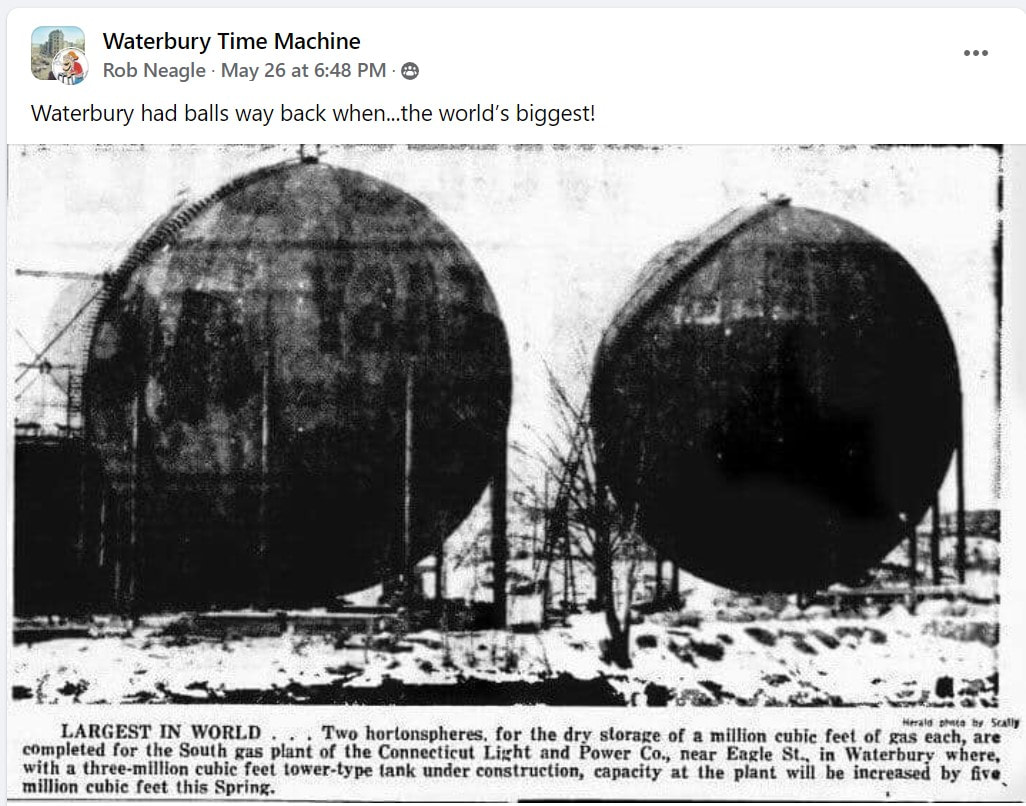The History of Waterbury |
The Calamities of Waterbury1691 The Great Flood
1712 The Great Sickness 1902 The Great Fire 1955 The Great Flood National, State, City Wide
Waterbury Named 8th Most Attractive Place to Buy a Home - Nationally - and 4th in Connecticut, for 2 consecutive years 2025.01.04 Historical ShortsThis Day in History
This Day in History
provided by TheFreeDictionary.com Today's Birthday
Today's Birthday
provided by TheFreeDictionary.com Today's Holiday
Today's Holiday
provided by TheFreeDictionary.com Related LinksWaterbury Connecticut
josfamilyhistory.com/locations/waterbury-ct.htm |
|
On May 13th, 1686, Mattatuck became the Plantation of Waterbury, in the Count of Hartford. Mattatuck was so named for her "numerous rivers, rivulets, ponds, swamps, boggy meadows, and wet lands". Bury, borough, and burg interchangeably denote "dwelling place".
In 1704, Waterbury officially became a frontier town. Waterbury was born on June 6th, 1674! The center of town is now known as Town Plot Hill, and at that time was known as Old Town Plat [not Plot]. The center of Waterbury was later moved to it's current location due to concerns that frequent flooding of the Matatuck River (now known as the Naugatuck River) would cut off the settlement from access to support by Farmington (the center of the Colony of Connecticut) re-enforcements in the event of a war with the native aboriginal indigenous peoples. There was no apparent concern that any floods would also potentially destroy the town center, nor that the low-lying nature of the center would be an easy target for potential invaders. In as late as 1795, Waterbury consisted of about 130 square miles. Today, Waterbury is about 28.2 square miles. The oldest still-in-operation in the country: Waterbury Button Factory Connecticut button company has legacy connected to nation's history Bing video Posted to YouTube:: January 6th, 2017
October 28th 2012
Moses Kills MosesOn December 7, 1771, a Red Man of the Mohegan Tribe, named Moses Paul, while in Bethany, and drunk, swung a flat iron at someone else, missed him, and accidently struck stander-by Moses Cook, of Waterbury, who died of course. History of Connecticut
9 Months later, Moses Paul was hanged. Wiki |
Our Waterbury AncestorsRelated WebsitesWaterbury | Connecticut History
CTHumanities Project History of Waterbury, Connecticut (u-s-history.com) WATERBURY HISTORY (greaterwaterbury.com) The History of Waterbury Internet Archive Waterbury, Connecticut Wikipedia Silas Bronson Library - Genealogy & Local History Waterbury Connecticut History a CTHumanities Project Bet Ya Didn't KnowUp until at least 1666, present-day Waterbury was in Hartford County. Waterbury was part of the Woodbury district briefly. In 1779, the Waterbury district was created.
When Waterbury's infamous "Mix Master" was built, it was the most complicated intersection in the world.
At one time, Waterbury was known throughout the country as having "the sweetest water in the nation".
Throughout his reign (of insane terror), Hitler always considered Waterbury to be his #1 target.
For decades, Waterbury was considered to be the country's 4th most strategically important city.
|
What Waterbury Once Was
Back in the day, Waterbury was bounded by Milford, New Haven, Wallingford, Farmington, Woodbury, and "the wilderness". In fact, all of Poland was in Waterbury, which includes Plymouth, Terryville, Paquabuck, and parts of Bristol. About half of Wolcott and about half of Oxford were in Waterbury. All of Middlebury and all of Watertown, then Westbury, all of Northfield, then Northbury, all of Thomaston, all of Naugatuck, all of Beacon Falls, and all of Seymour were in Waterbury.

- Note: it appears that this map is not drawn to scale.
- The boundary of Waterbury, when it was Mattatuck, was the Beacon Hill Brook. This brook deliniated Mattatuck from Derby. This brook is very near to the boundary of Waterbury's current Borrough of Naugatuck and the town of Beacon Falls.
- Waterbury's West Side Hill District's Break Neck Neighborhood is disected above by an unnamed road, which later became the Interstate Highway 84 (I-84). The boundary between Waterbury and Middlebury, which was still part of Woodbury in this map, roughly correlates to the current Straits Turnpike.
- Turkey Brook is currently called Turkey Hill Brook, and should not be confused with the Turkey Brook that is west of Break Neck.
- At roughly the peak of Southington Mountain, Out East, was the trifluence of Waterbury, Wallingford, and Farmington.
- Everything north of Northbury, which includes all of the current Northfield, most of the current Thomaston, and parts of the current Plymouth and Terryville.
- Thomaston was named after Seth Thomas, founder of the Seth Thomas Clock Company, who was born in Waterbury. His birthplace is often said to have been Wolcott; however, Wolcott was incorporated in 1796 and Thomas was born in 1785 when Wolcott, which was named after Connecticut Governor Oliver Walcott, was referred to as Farmingbury - so named as a combination of the first part of Farmington and the last part of Waterbury.
- Terryvile was named after Eli Terry Jr., the son of renowned cotton gin inventor Eli Terry. The technologies of the Terry family, including the older Terry and his three sons, was spurred buy the success of many other Waterbury-born clock-making industrialists. It is this legacy that spawned the common European and Asian adages "Everyone sets their clocks by Waterbury time."
- Note that Waterbury correctly spells "Wooster", unlike others who spell it as "Worchester".
- The Mill River shown above in what is now the Saw Mill Plains District's Wolcott Road Neighborhood (a misnomer of the fact that Wolcott Road hasn't existed in Waterbury since present-day Lakewood Road was named as such) was later pseudo-migrated into what we now call the Mad River.






